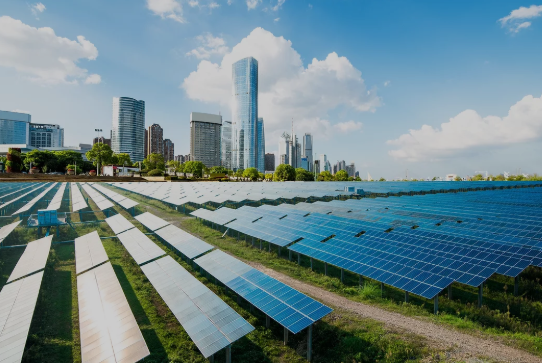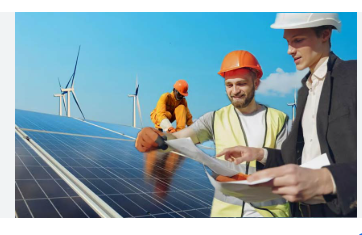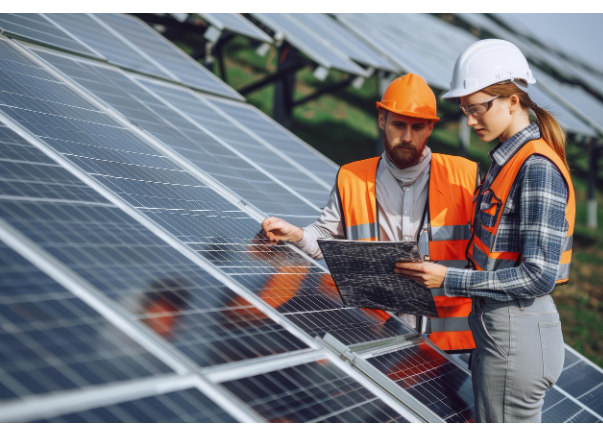Solar Panels TEAS Passage is key for the Test of Essential Academic Skills (TEAS). It’s essential for anyone looking to enter healthcare careers. This section covers solar panels. It explains how they work, their history, and how they help create a greener world. It’s not about passing an exam—it’s a chance to learn about clean energy that’s shaping the future.
This article explains solar power in simple terms. It’s useful for TEAS prep or for curiosity. We’ll discuss. Let’s make this topic clear and help you shine!
What is the Solar Panels TEAS Passage About?
The Solar Panels TEAS Passage is a reading comprehension text in the science part of the TEAS. It tests your ability to understand and analyze information about solar energy. Solar panels turn sunlight into energy. They have many benefits for the environment. For example, they reduce pollution and help fight climate change. Solar panels have had key roles in history, such as at the White House.
It checks if you understand scientific ideas and think critically. These skills are key for healthcare work. Studying this passage helps you prepare for the exam. It also teaches you about a technology that fights climate change.

Why Solar Energy Matters for TEAS
Solar energy is a major topic because it is a clean, renewable resource. The TEAS checks your science knowledge. Healthcare professionals must grasp technology and data.
The passage connects solar panels to real-life problems, like sustainability. It shows how science impacts our everyday lives. It also shares historical examples. These make the topic interesting and test your skills in connecting ideas.
Main Ideas in the Passage
This passage highlights three main points:
-
How solar panels function.
-
Their benefits to the environment.
-
Their historical development.
You’ll discover the photovoltaic process. This is how sunlight turns into electricity. Also, you’ll see how solar panels cut down on fossil fuel use.
The White House solar story shows how public views on clean energy have changed.
Solar panels take in sunlight and turn it into electricity. The TEAS passage explains this clearly. Manufacturers make solar panels from solar cells, usually silicon. They generate electricity through the photovoltaic effect when sunlight hits them.
This energy can power homes or be stored. This passage breaks down the scientific process. It helps you answer questions and see the power of solar energy. It may also reference different panel types and their efficiencies.
Understanding the Photovoltaic Effect
The photovoltaic effect is the key principle behind solar panels. When sunlight hits a solar cell, it causes electrons to move, creating a direct current (DC). An inverter then converts this to alternating current (AC) for domestic use.
The TEAS passage presents this clearly, checking whether you understand the fundamentals. Understanding this process is key to answering how panels create clean energy.
Different Types of Solar Panels
The passage may mention types of panels such as monocrystalline and polycrystalline. Monocrystalline panels are made from one silicon crystal. They are very efficient but cost more. Polycrystalline panels, made from many crystals, are cheaper but produce less power.
Understanding these differences helps with questions about efficiency and cost. Choosing a panel depends on factors like budget and space. This is useful in real-world situations.

The White House and solar panels
The TEAS passage talks about solar panels at the White House. It shows how views on clean energy have changed over time. In 1979, President Jimmy Carter installed 32 solar panels. This was a bold move to heat water during an energy crisis.
President Ronald Reagan had them removed in 1986, doubting their value. Later, President Barack Obama reinstated them in 2010, supporting sustainability.
Carter’s Bold Solar Move
In 1979, President Carter installed solar panels on the White House roof. They provided hot water and promoted clean energy during an oil crisis. He viewed it as a method to reduce reliance on foreign oil and encourage eco-friendly living.
During the unveiling, he described it as a stride toward a better future. The TEAS passage shows how leadership drives progress. This is a key point for test questions.
Reagan vs. Obama on Solar
President Reagan removed the panels in 1986, seeing them as impractical. This represented a shift away from renewable energy. In contrast, President Obama reinstated solar panels in 2010, reflecting environmental priorities.
The TEAS passage uses this contrast to show how energy policies evolve. Expect questions about how these choices compare or affect solar energy growth.
Why Solar Energy Matters
Solar energy is valuable. It’s clean and renewable. It helps reduce harmful emissions from fossil fuels. The TEAS passage shows the benefits of solar panels. They help the planet and save money over time.
They must must little maintenance and can last 20–30 years. The passage may also mention incentives like tax credits, reinforcing solar’s appeal. Understanding these benefits will help you answer related questions effectively.
Saving the Planet
Solar panels produce no pollution, unlike coal or gas, which emit carbon. By using sunlight, they reduce greenhouse gases and help slow climate change. The TEAS passage tests your understanding of solar energy and its impact on the environment.
It may also discuss how panels save natural resources. This is key for public health and important for those entering healthcare careers.
Saving Your Wallet
Can significantly reduce electricity bills. For instance, a typical home system could save thousands over its lifespan.
Expect questions about these financial benefits. Knowing how solar energy saves money is key for this exam.
Challenges of Going Solar
Offer many benefits, but they come with challenges too. The TEAS passage talks about these issues. They can be costly to install and must consistent sunlight to be effective. Shaded areas or small rooftops can limit their efficiency.
